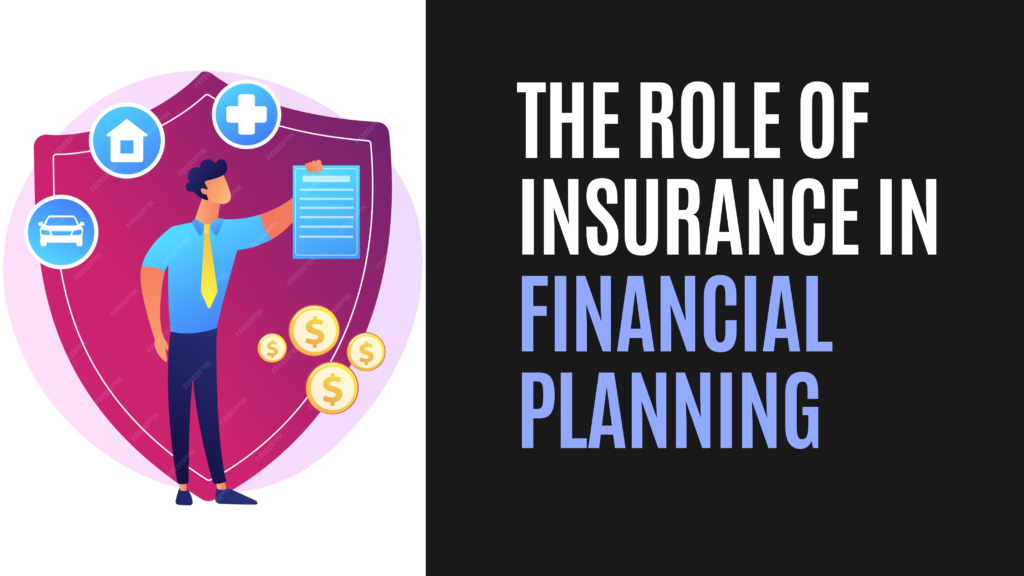The Definitive Guide for Pacific Prime
The Definitive Guide for Pacific Prime
Blog Article
3 Simple Techniques For Pacific Prime
Table of ContentsPacific Prime for BeginnersThe Best Strategy To Use For Pacific PrimeSee This Report on Pacific PrimeThe Best Guide To Pacific PrimeA Biased View of Pacific Prime

This is since the data were gathered for a duration of strong economic performance. Of the estimated 42 million individuals who were uninsured, almost concerning 420,000 (about 1 percent) were under 65 years of age, the age at which most Americans come to be eligible for Medicare; 32 million were grownups between ages 18 and 65, about 19 percent of all adults in this age team; and 10 million were children under 18 years of age, concerning 13.9 percent of all children (Mills, 2000).
These quotes of the number of persons without insurance are created from the annual March Supplement to the Current Populace Study (CPS), performed by the Demographics Bureau. Unless or else noted, national quotes of individuals without wellness insurance coverage and percentages of the populace with various type of insurance coverage are based upon the CPS, the most widely made use of resource of price quotes of insurance policy coverage and uninsurance rates.
The Best Strategy To Use For Pacific Prime

Still, the CPS is especially useful since it creates annual estimates relatively quickly, reporting the previous year's insurance policy protection estimates each September, and since it is the basis for a constant set of price quotes for even more than twenty years, permitting evaluation of fads in protection in time. For these reasons, along with the substantial use of the CPS in other researches of insurance coverage that exist in this record, we depend on CPS quotes, with limitations noted.

The quote of the number of without insurance people increases when a population's insurance policy condition is tracked for several years. Over a three-year duration beginning early in 1993, 72 million people, 29 percent of the united state population, lacked insurance coverage for a minimum of one month. Within a single year (1994 ), 53 million individuals experienced at least a month without coverage (Bennefield, 1998a)
Six out of every 10 without insurance grownups are themselves employed. Working does boost the probability that one and one's family participants will certainly have insurance coverage, it is not a guarantee. Also members of family members with two full-time wage income earners have nearly a one-in-ten chance of being without insurance (9.1 percent without insurance rate) (Hoffman and Pohl, 2000).
Pacific Prime for Dummies
New immigrants make up a considerable percentage of individuals without medical insurance. One evaluation has associated a significant section of the recent development in the size of the U.S. without insurance populace to immigrants who showed up in the nation between 1994 and 1998 (Camarota and Edwards, 2000). Current immigrants (those who involved the USA within the past four years) do have a high rate of being uninsured (46 percent), yet they and their children represent just 6 percent of those without insurance policy across the country (Holahan et al., 2001).
The partnership in between medical insurance and access to care is well established, as documented later in this phase. The partnership in between health and wellness insurance coverage and health and wellness outcomes is neither straight neither straightforward, a considerable professional and wellness solutions research literary works web links health insurance policy protection to enhanced access to care, far better high quality, and improved individual and population health status.
Degrees of analysis for taking a look at the effects of uninsurance. This discussion of medical insurance protection concentrates mainly on the U.S. populace under age 65 due to the fact that virtually all Americans 65 and older have Medicare or other public protection. Furthermore, it concentrates especially on those with no medical insurance for any type of size of time.
The 10-Second Trick For Pacific Prime
The problems encountered by the underinsured are in some respects similar to those encountered by the uninsured, although they are usually much less severe. group insurance plans. Uninsurance and underinsurance, nonetheless, involve noticeably different plan issues, and the strategies for resolving them may vary. Throughout best site this research study and the five reports to comply with, the primary focus is on persons with no medical insurance and thus no assistance in spending for wellness treatment past what is available through charity and safety and security internet organizations
Medical insurance is a powerful factor affecting invoice of treatment since both individuals and physicians react to the out-of-pocket price of solutions - https://www.intensedebate.com/profiles/pacificpr1me. Health insurance, nevertheless, is neither needed neither sufficient to access to medical solutions. The independent and straight result of wellness insurance policy protection on access to health and wellness services is well established.
Others will certainly obtain the healthcare they need also without health and wellness insurance, by spending for it out of pocket or seeking it from companies who offer treatment complimentary or at highly subsidized rates. For still others, medical insurance alone does not make certain receipt of treatment as a result of other nonfinancial barriers, such as an absence of health treatment service providers in their area, limited accessibility to transportation, illiteracy, or etymological and cultural differences.
Some Known Incorrect Statements About Pacific Prime
Formal research regarding without insurance populaces in the United States dates to the late 1920s and early 1930s when the Committee on the Expense of Medical Treatment generated a series of records about funding physician office gos to and hospitalizations. This issue ended up being significant as the varieties of medically indigent climbed during the Great Anxiety.
Report this page